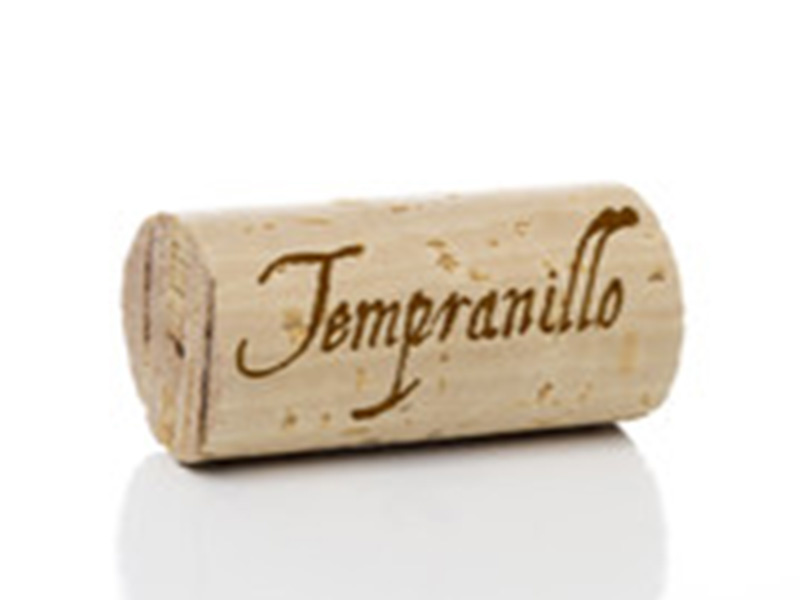Tempranillo: 14 Fun Facts
- Posted on
- Posted in California, Portugal, spain, tempranillo
- 0

1. Tempranillo is a very old variety with historical references to the grape dating back to 1807; however, it is believed that the variety was brought to the Iberian Peninsula of Spain and Portugal by the Phoenicians over 3,000 years ago.
2. As of 2018 the third most planted grape in the world, with over 570,000 acres. More than 80 percent of the world’s Tempranillo calls Spain its home.
3. Tempranillo is often called Spain’s “noble grape.”
4. The name “Tempranillo” comes from the Spanish “temprano,” translating as “early,” because these grapes ripen earlier than other red grapes native to Spain.
5. The vines are one of the easier to identify, because they have distinctive jagged and deep-lobed leaves. These leaves turn bright red in the fall.
6. Tempranillo, while considered native to Spain, also plays a major role in wine production in Portugal, where it is known as “Aragonez,” and is made into the red table wine blends in Alentejo. In the Douro Valley, the grape is known as “Tinta Roriz,” and it is used in blends to make port wine.
7. The grape is black-skinned, but the skins are not as thick as some other dark varieties. So, the resulting wines made from Tempranillo are not as deep and inky in color as those with thicker skins.
8. Traditionally, Tempranillo vines were cultivated en vaso, as low-bush vines with no trellising. Many growers have changed to trellising their vines on wires in order to increase yields.
9. Tempranillo is a grape with many, many pseudonyms. In Spain, Tempranillo may also be called “Cencibel,” “Tinto Fino,” “Tinto del Pais,” “Tinto de Toro,” “Tinto Madrid,” “Ojo de Liebre,” “Valdepeñas,” and “Ull de Llebre.” In Portugal, the grape is known as “Aragonez” and “Tinta Roriz,” as stated above, but is also called “Aragones,” “Tinta Aragoneza,” “Arinto Tinto,” and “Tinta de Santiago.”
10. Most wines made from Tempranillo also have some variety or varieties blended, since it tends to be low in acidity. Common blending partners include Garnacha (Grenache), Mencia, Mazuela (Carignan), Graciano, Merlot, and Cabernet Sauvignon. In Australia, Tempranillo is often blended with Grenache and Shiraz (Syrah).
11. Traditionally, Spanish wines made from Tempranillo were aged in American oak barrels, which tend to be stronger in flavor than French oak. This meant that the flavor of the barrels often overshadowed the flavor of the grape itself. Modern wine-making has moved away from this practice.
12. If you are buying Spanish Tempranillo, there are four legal aging terms to know. Wines labeled as “Vin Joven” are not aged in oak and are made to be drunk young and fresh. Tempranillo labeled as “Crianza” have been aged at least 2 years, during which at least six months have been in oak. If the label states “Reserva,” the wine has been aged at least 3 years, with at least one of those years in oak. These wines are of a higher quality and are richer. Finally, wines labeled as “Gran Reserva” are those from an exceptional vintage and are aged a minimum of five years, of which at least 18 months have been in oak barrels. Most producers will exceed this 18-month minimum, and age their wines for 20 to 30 months.
13. Tempranillo wines will have aromas and flavors of cherry, plum, tomato, dried fig, and leather, often mixed with cedar, tobacco, vanilla, and dill. The latter of which are characteristics tied to the barrel aging of the wine. The wines are usually medium-to-full-bodied, with a finish that is smooth and lasting. If you enjoy Sangiovese or Cabernet Sauvignon, try some Tempranillo.
14. Wines made from Tempranillo are food-friendly. The wine pairs well with barbecue-grilled meats and charcuterie (especially Jamón, tacos, burritos, nachos, and foods in a tomato-based sauce).
To enjoy some Tempranillo and Tempranillo Blends check City Vino here!

Comments
Be the first to comment...